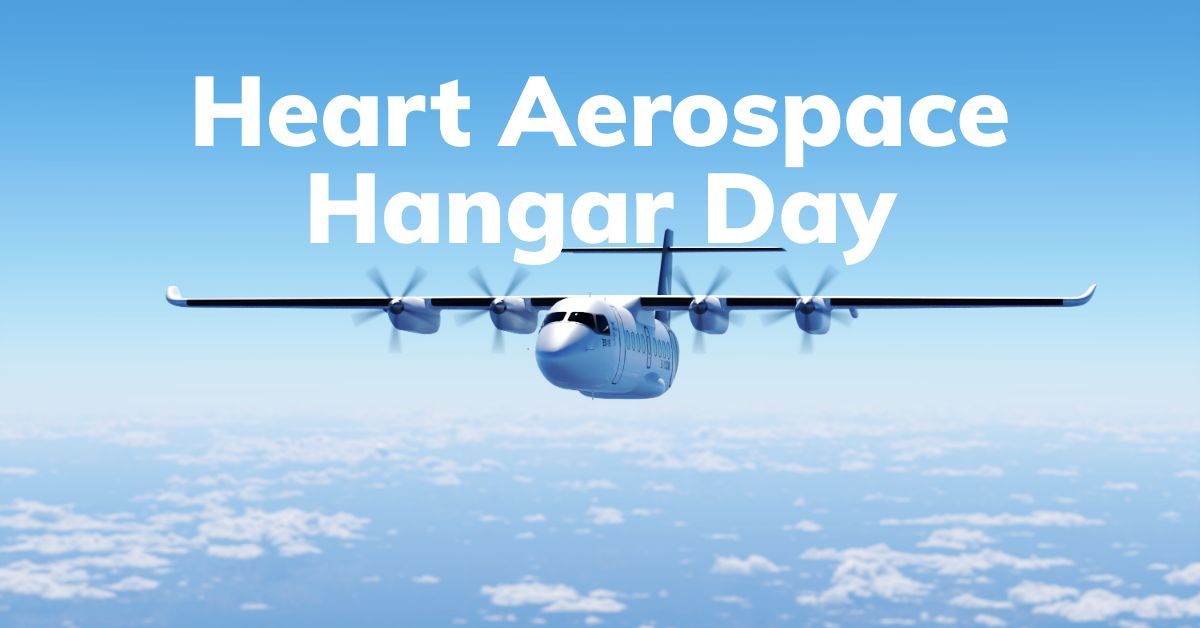
🛫 Air travel will also go electric
"It's impossible!" the pessimists say about electric airplanes. Anders Forslund and Klara Andreasson seem not to have heard them. Because in a hangar outside of Gothenburg, they are building a commercial 19 passenger electric airplane.
Share this story!
Christmas came early for me. First Tesla’s Battery Day (or night in Sweden) and immediately after Heart Aerospace’s Hangar Day showing off their electric airplane.
The debate over electric airplanes has been raging for a while. “It is impossible!” say the pessimists and show that you need more batteries that even fit into a big Boeing or Airbus. It is not the first time they forget about technological progress and breakthroughs.
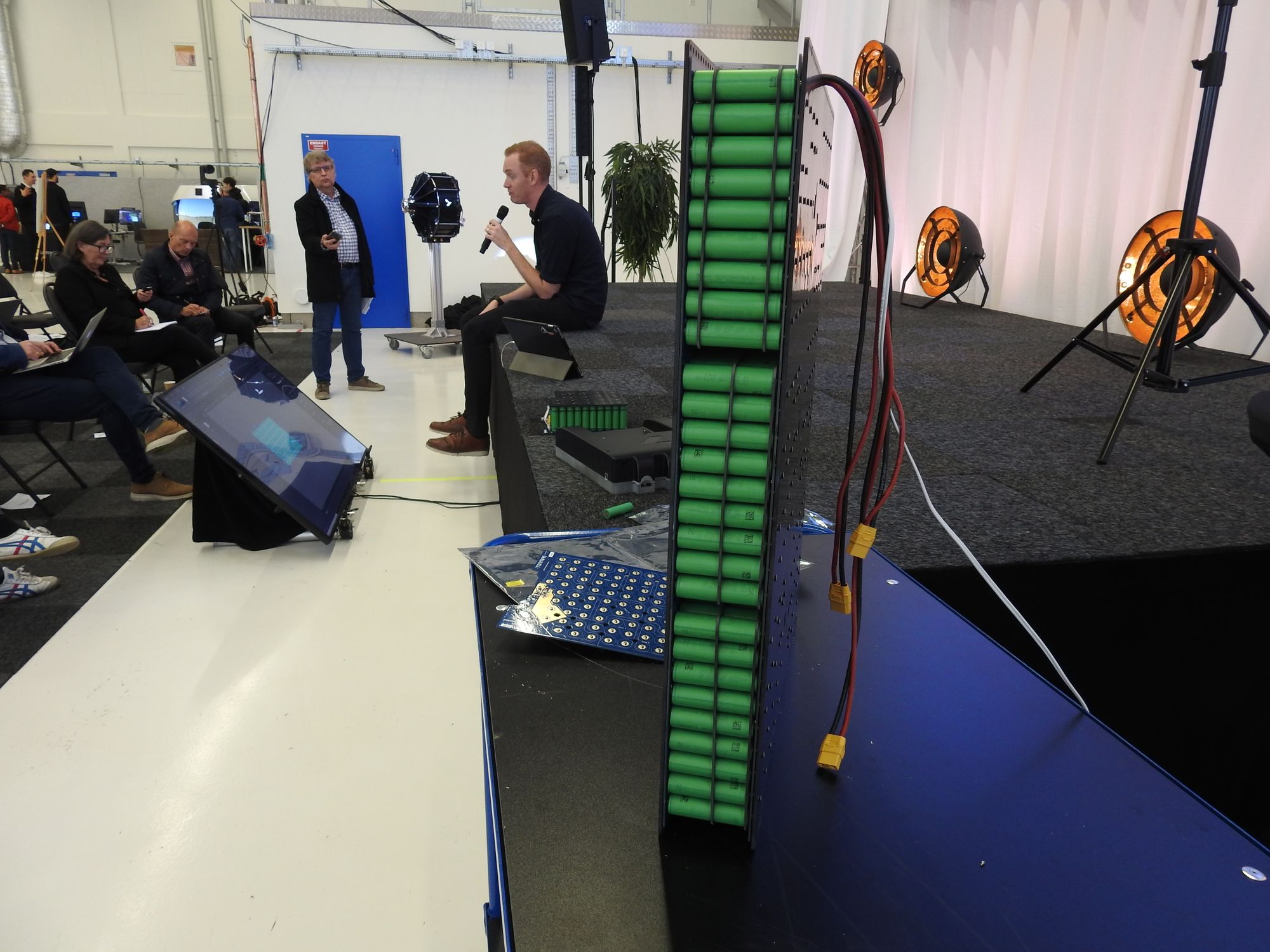
But Anders Forslund, co-founder and CEO of Heart Aerospace bypasses this debate. Because he is on a mission to prove that electric air travel is a possibility, very soon. With current battery technology.
We have already seen a number of smaller electric aircraft - like this rebuilt Cessna - but this one is going to be bigger.
Commercial electric airplane in service 2026
His company, Heart Aerospace, will have a commercial airliner for 19 passengers and a 400-kilometer range in service no later than 2026. So it is not for long-haul flights over the Atlantic but for regional travel.
And here electric airplanes bring some extra perks. Like a Tesla and other electric vehicles it accelerates quickly so it needs a much shorter runway, not more than 750 meters. With a 75 percent reduction in fuel costs and 50 percent less maintenance cost the ticket price could also be lower than for other air travel. And it is of course less noisy and emits no CO2.
So electric airplanes won’t just replace fossil-fueled air travel, it will probably create new regional travel.
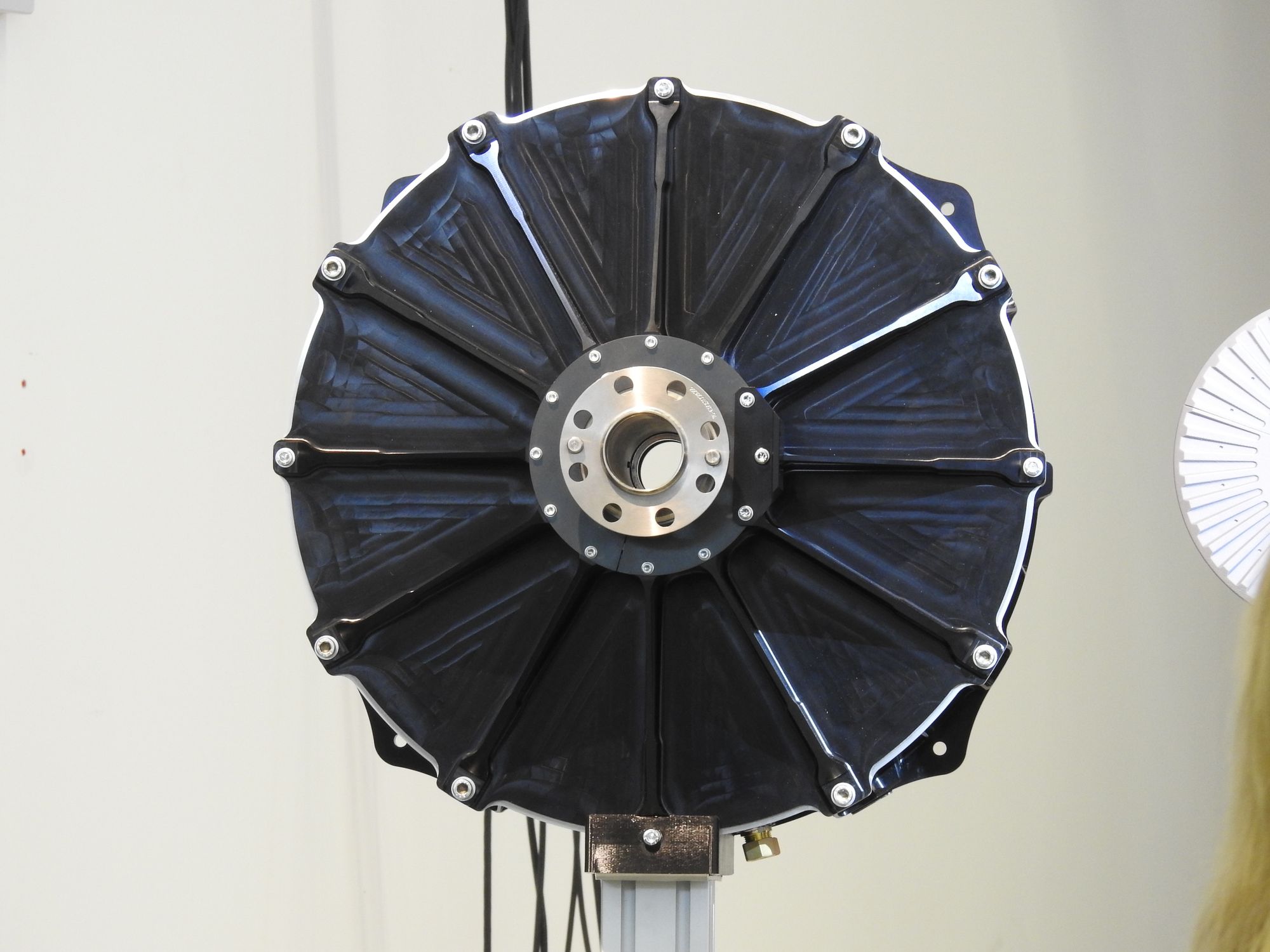
Heart Aerospace is progressing fast
The acceleration of Anders Forslund and his co-founder Klara Andreasson is also impressive. I first met Anders just a little more than two years ago, in August 2018. I hosted an event about electric airplanes in the Swedish parliament (actually the last official thing I did as a Member of Parliament.)
Anders was then a researcher at Chalmers. With some money from Vinnova he headed a research project about electric airplanes. In early 2019 he and Klara were accepted into the world’s leading startup accelerator, Y Combinator and raised some venture capital funding from Silicon Valley and Stockholm. Now they have three hangars at Säve airport outside of Gothenburg and at Hangar Day hosted the Swedish minister for Infrastructure, Tomas Eneroth, and many other prominent guests.
Building an airplane, and especially getting it approved, is no minor task, but so far Heart Aerospace has shown great progress.
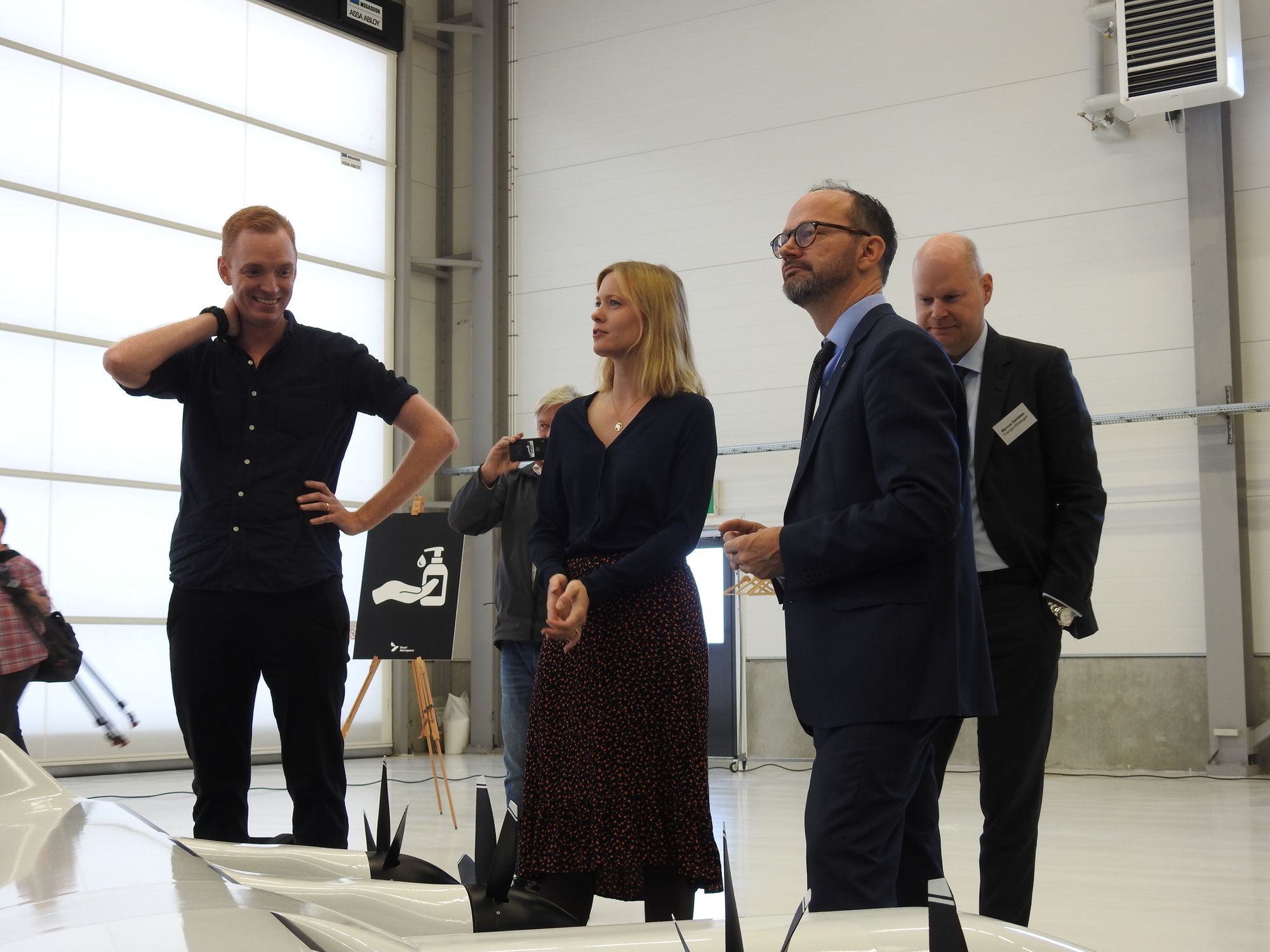
Today’s innovation on display
But another thing struck me when I watched the presentations on Hangar Day. How technology accelerates innovation.
Heart Aerospace CTO Nigel Pippard, with long experience building airplanes, told us how they used pen and paper to do the calculations in the 1980s. They had only two computers, you had to book a time to use them, and they weren’t very good.
Heart’s airplane is simulated in the air in a very advanced computer program where ten million datapoints are being calculated constantly. This requires powerful, expensive computers that Heart can’t afford. But Amazon can, so they use Amazon Web Services.
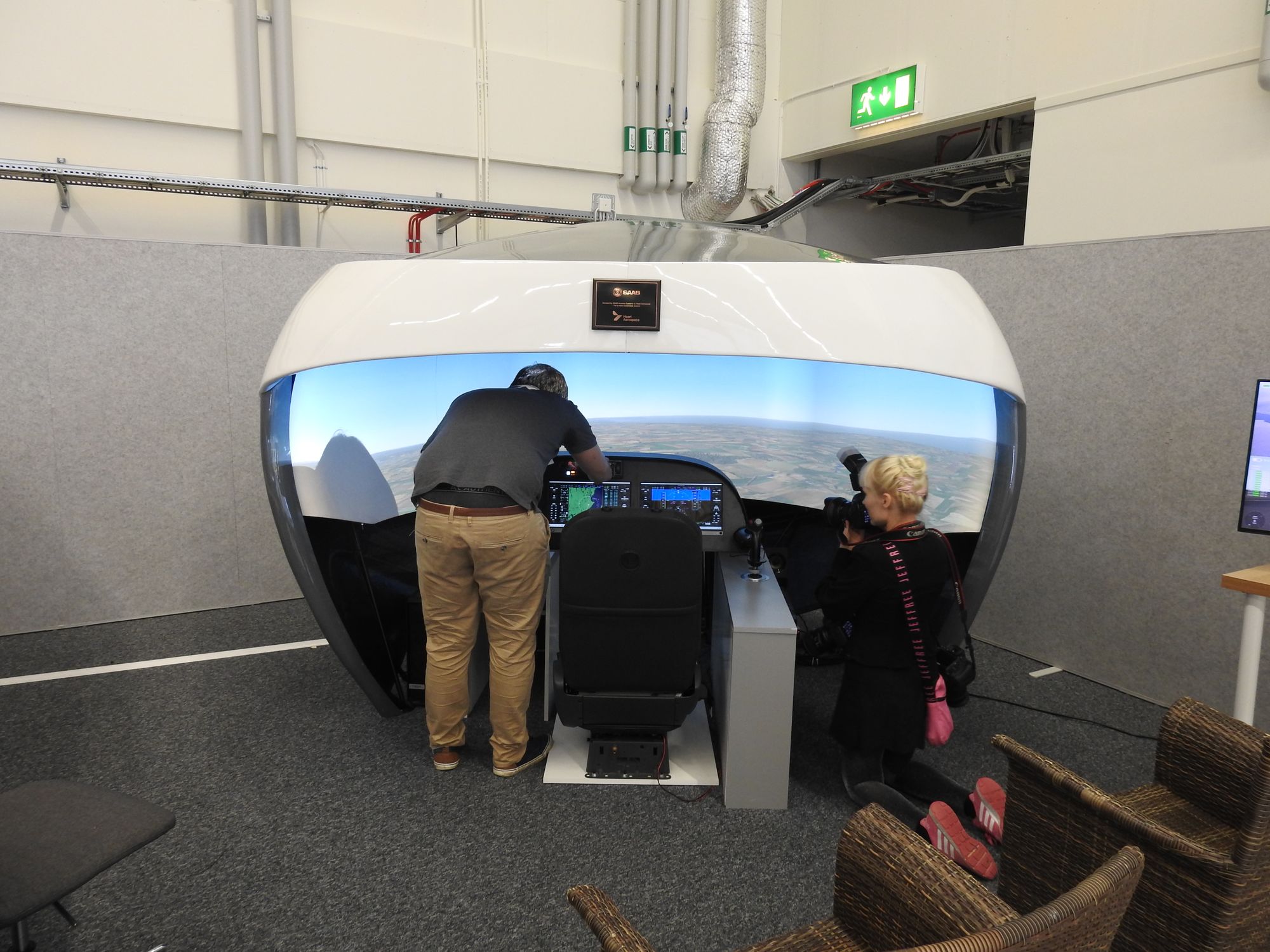
Not only that. Half the team lives in other parts of the world, still working full time with the team in Sweden using Zoom and other services like that.
One of the employees is Benjamin Vedder. Anders found him online via an open-source community about software and hardware for controlling an electric motor. Benjamin had founded the project, VESC - Vedder Electronic Speed Controller - a few years earlier and it’s now used in most electric skateboards, for example.
It just so happened that Benjamin lived pretty close to Heart’s hangar and is now an integral part of the company.
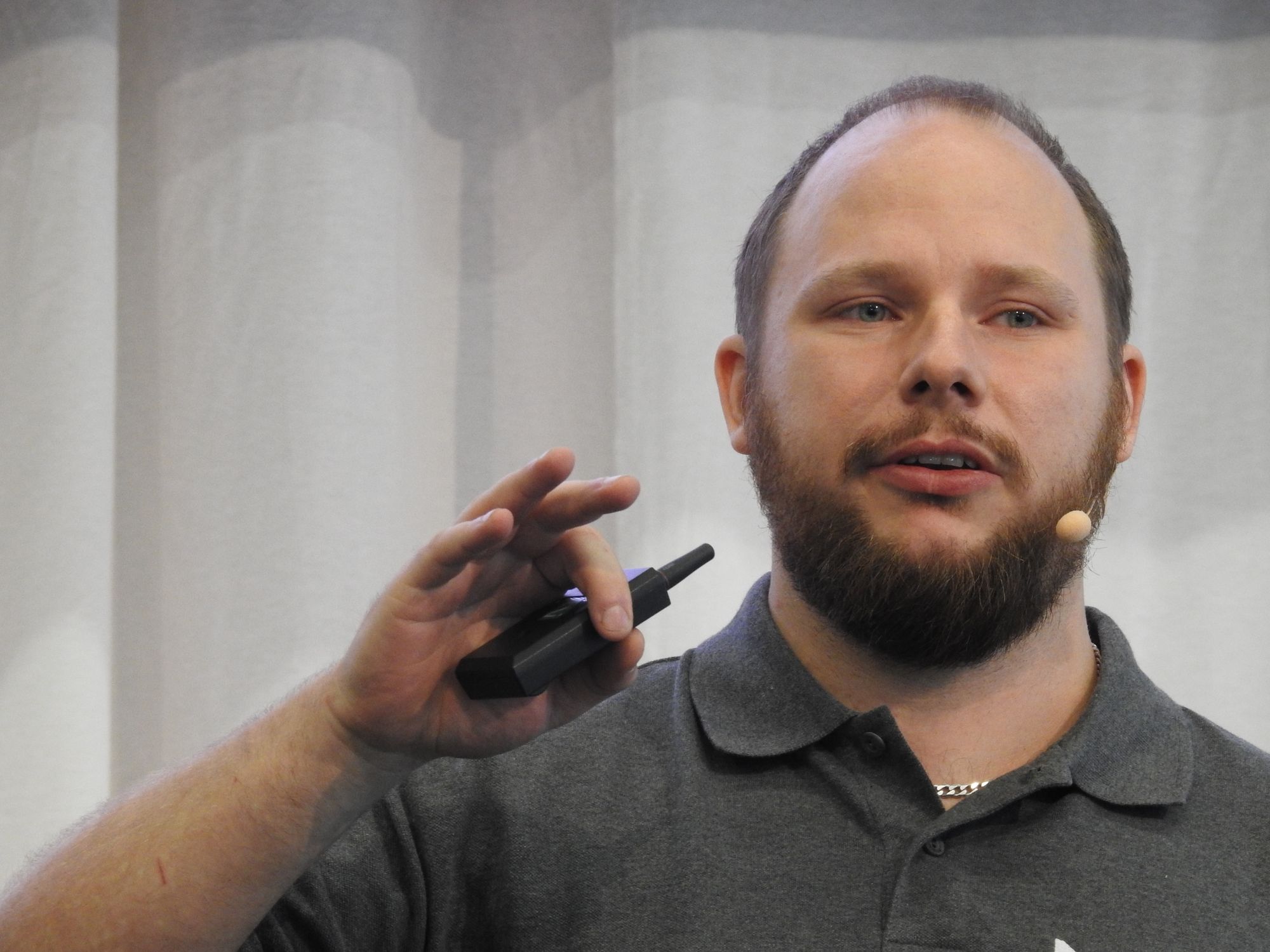
So we have cloud computing, remote-working technology, an open-source community for motor control (and finding employees), a startup accelerator and funding both from venture capitalists and governments.
Innovation = technology + ideas
I often come back to this formula: Innovation = technology + ideas. The more ideas and the easier they spread the better technology. The better technology the easier it is to spread ideas.
This was very much on display on Heart Aerospace’s Hangar Day.
Mathias Sundin
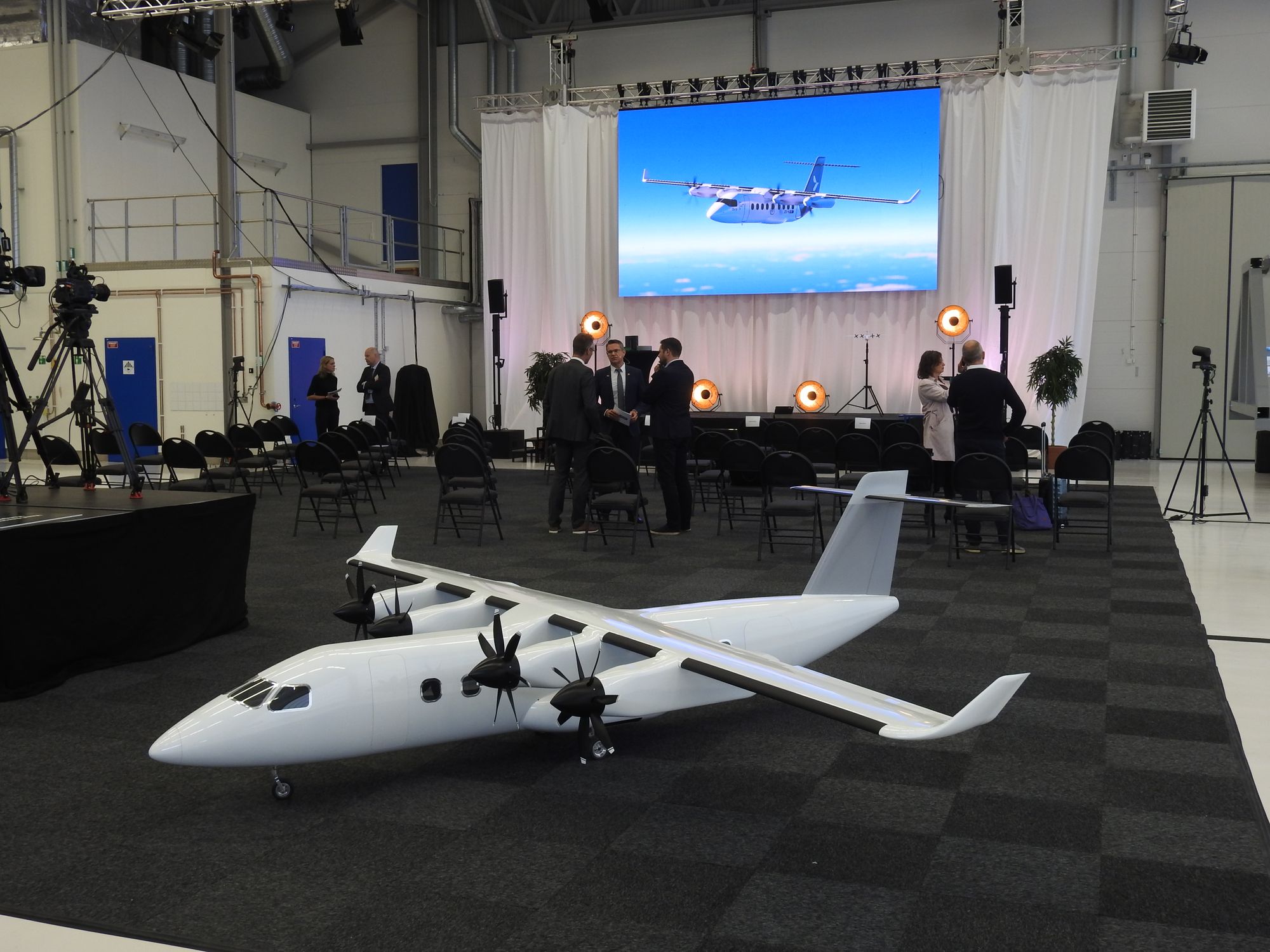
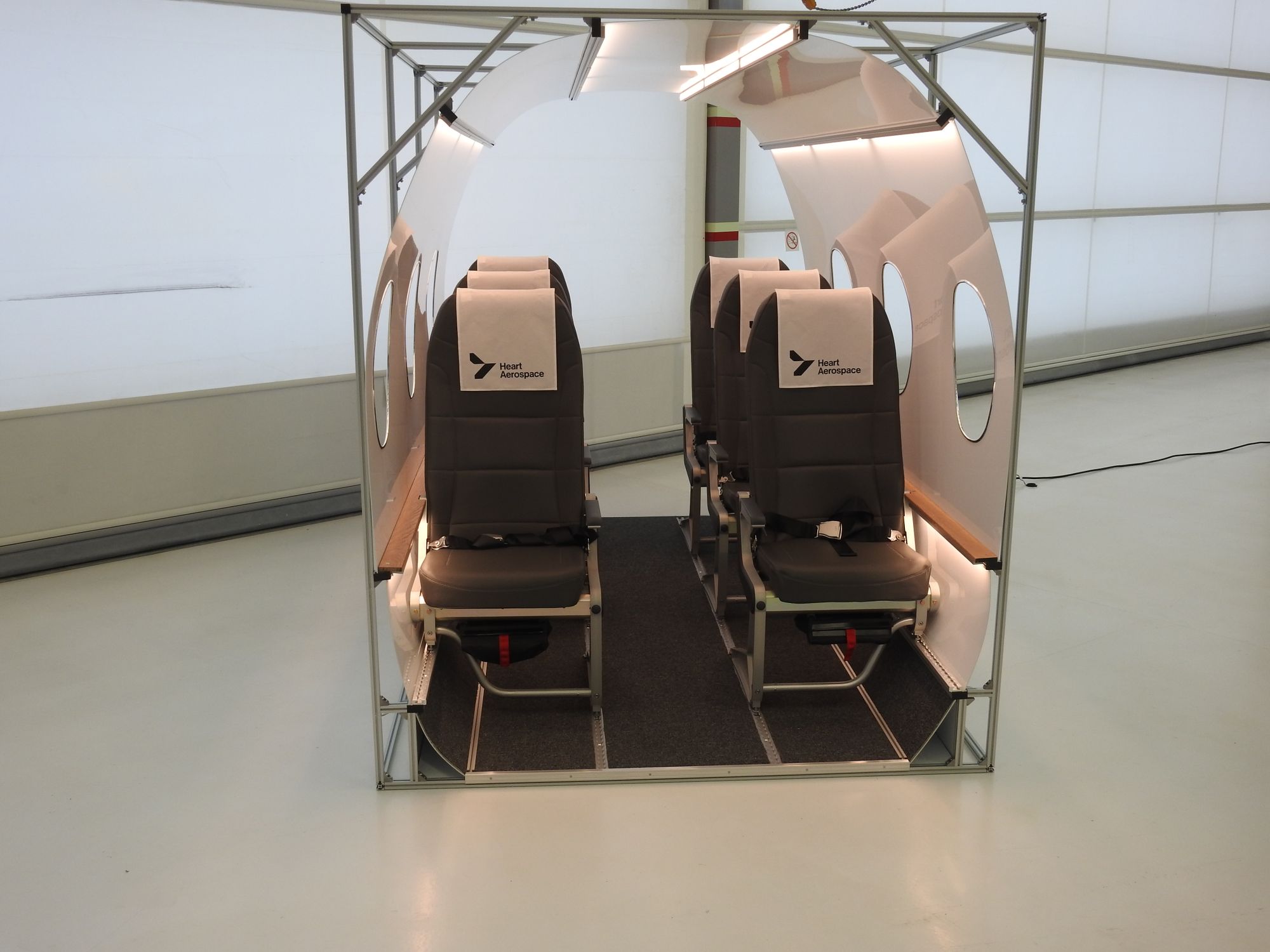
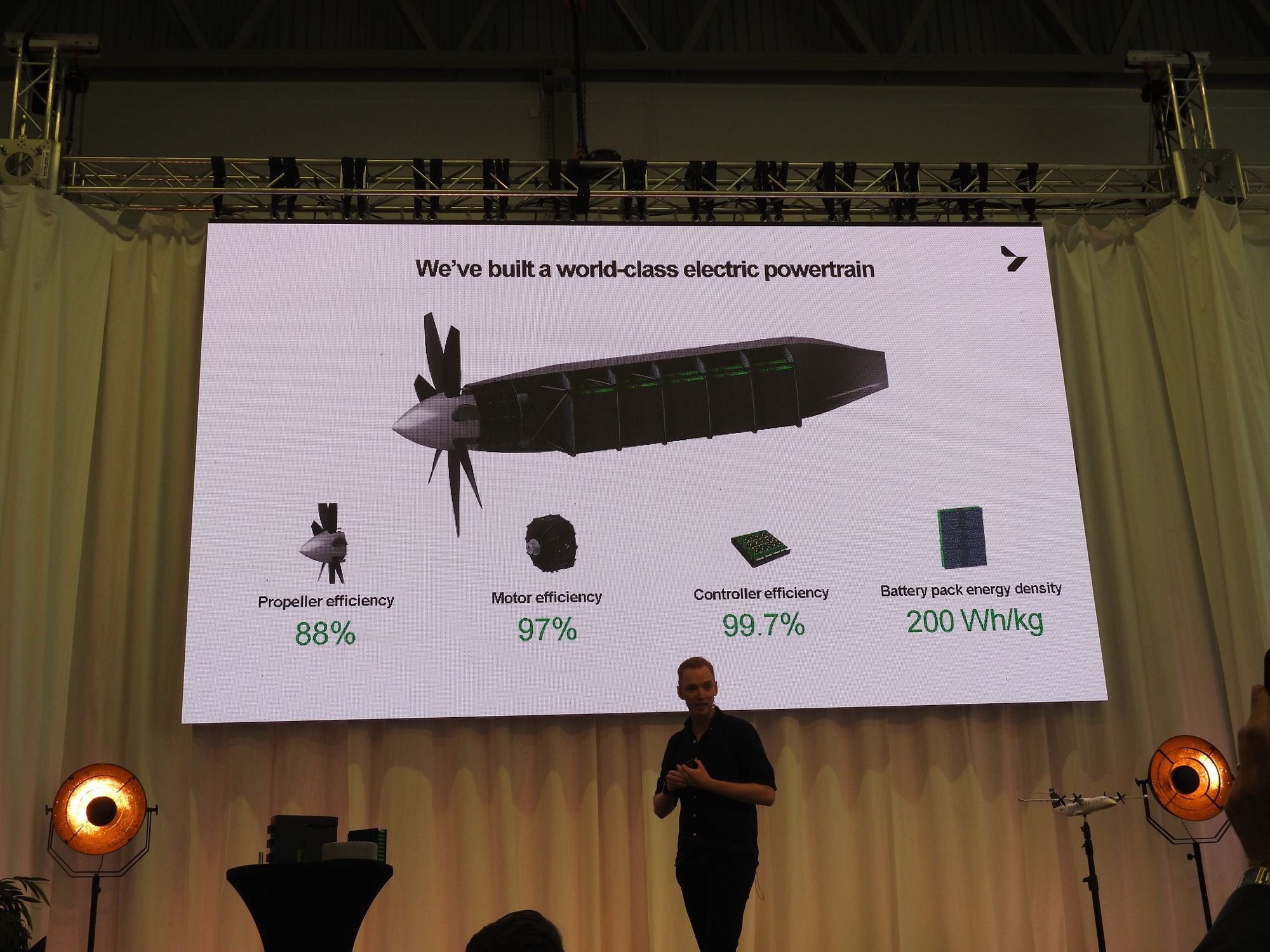
By becoming a premium supporter, you help in the creation and sharing of fact-based optimistic news all over the world.


